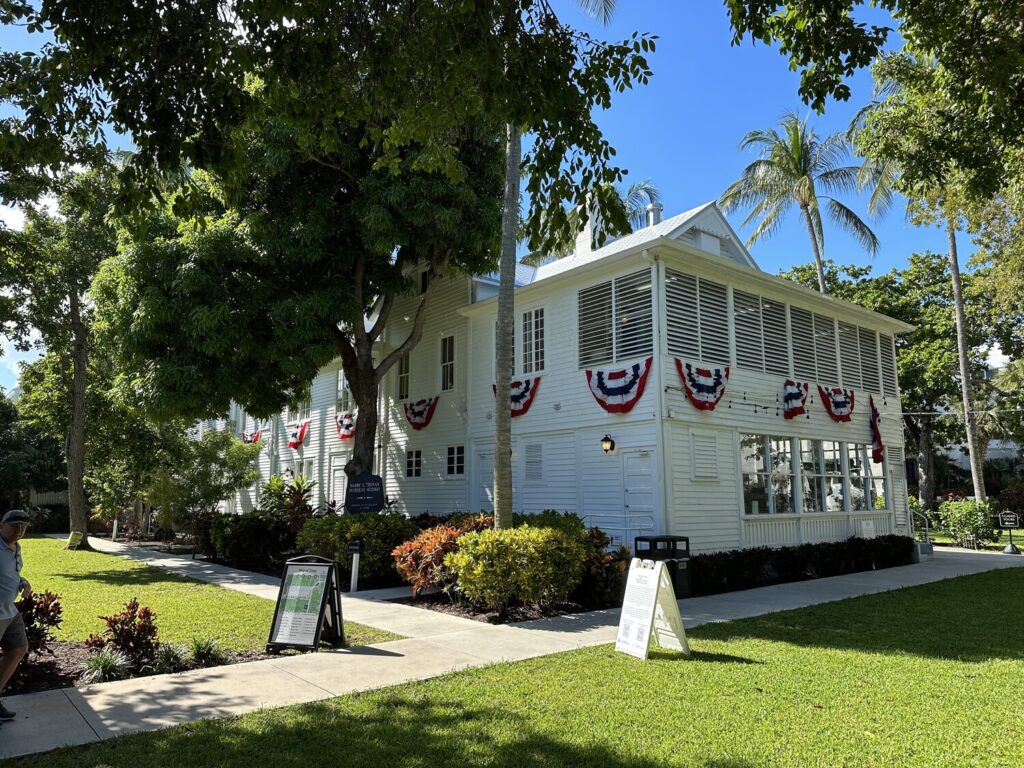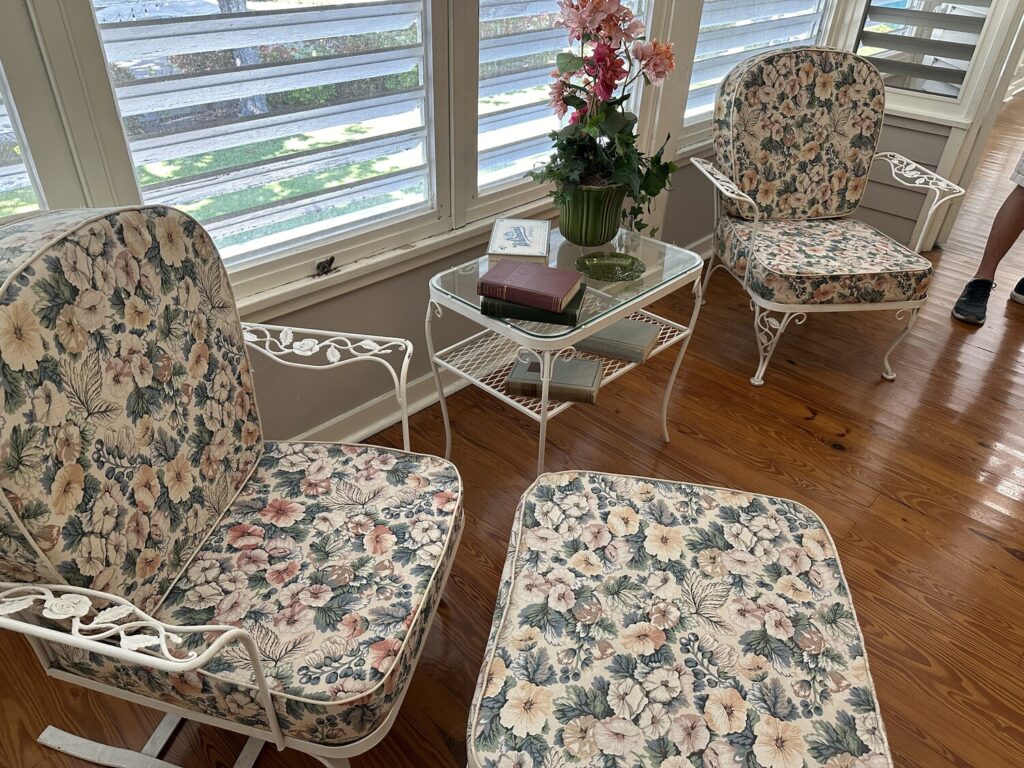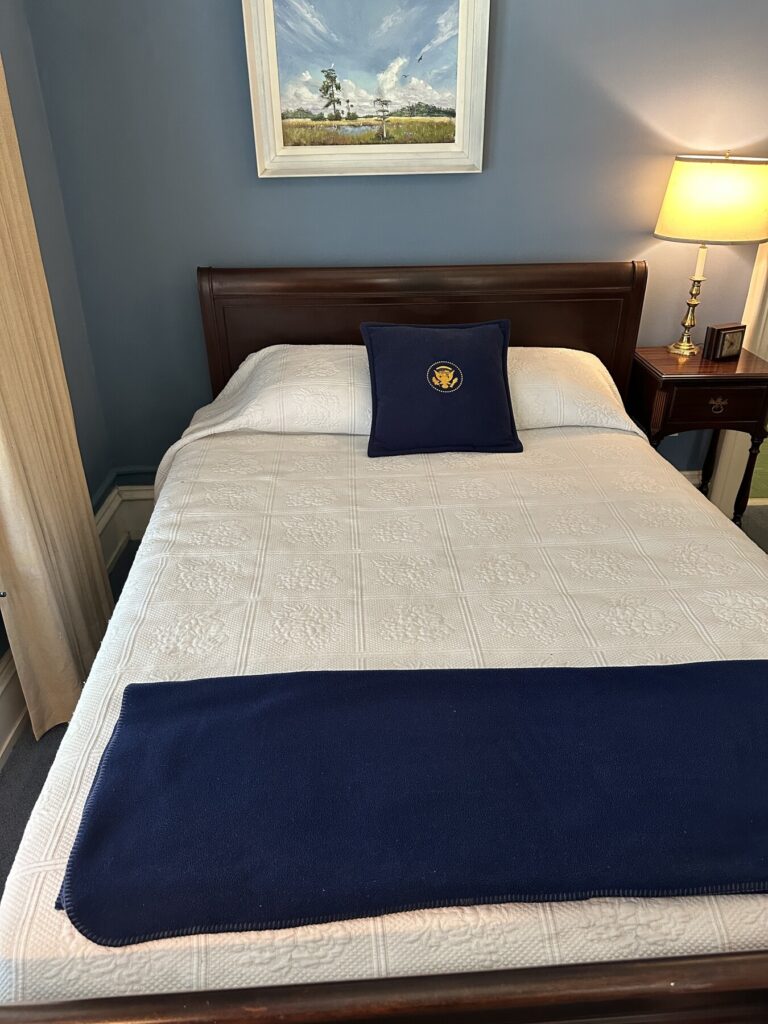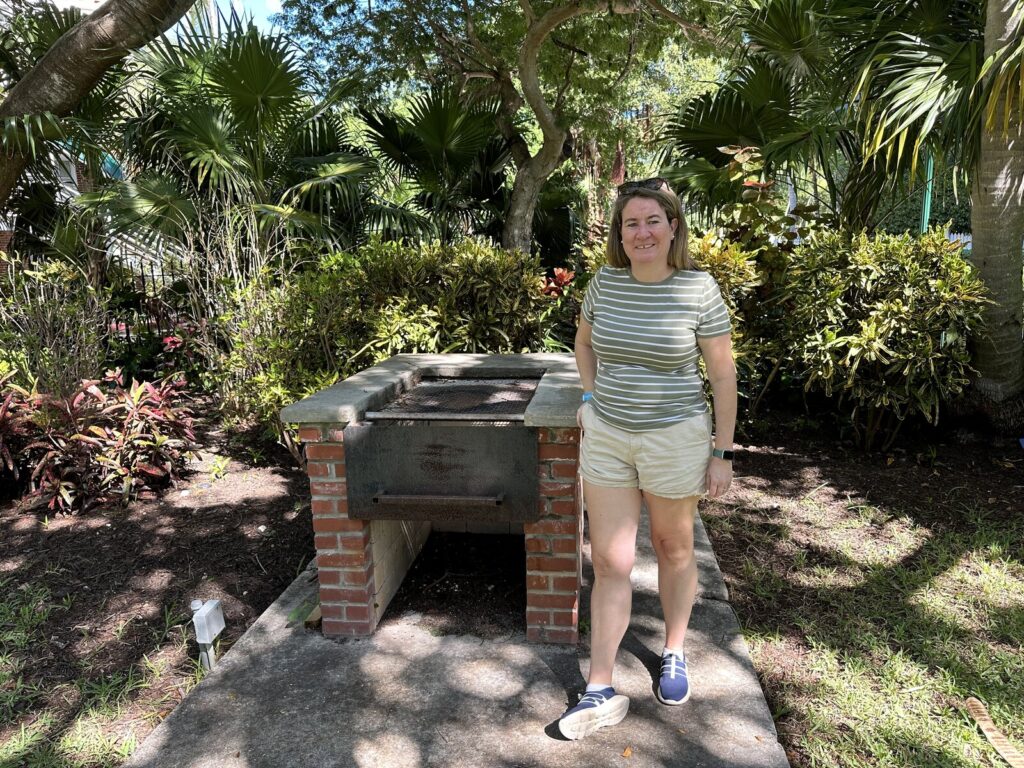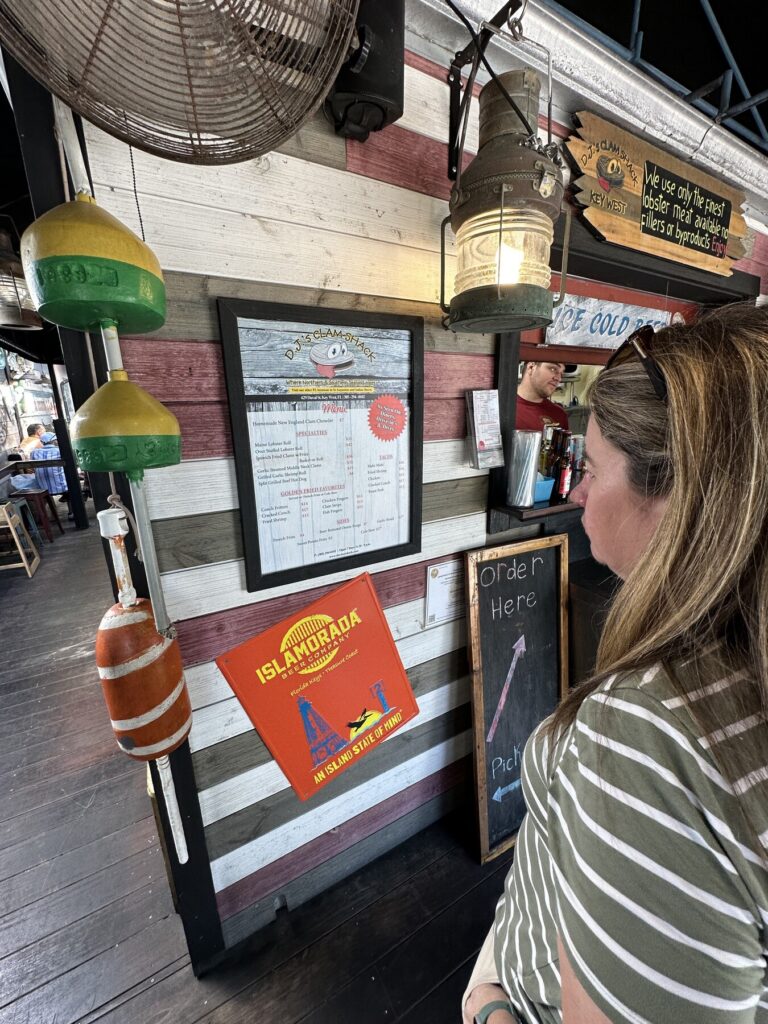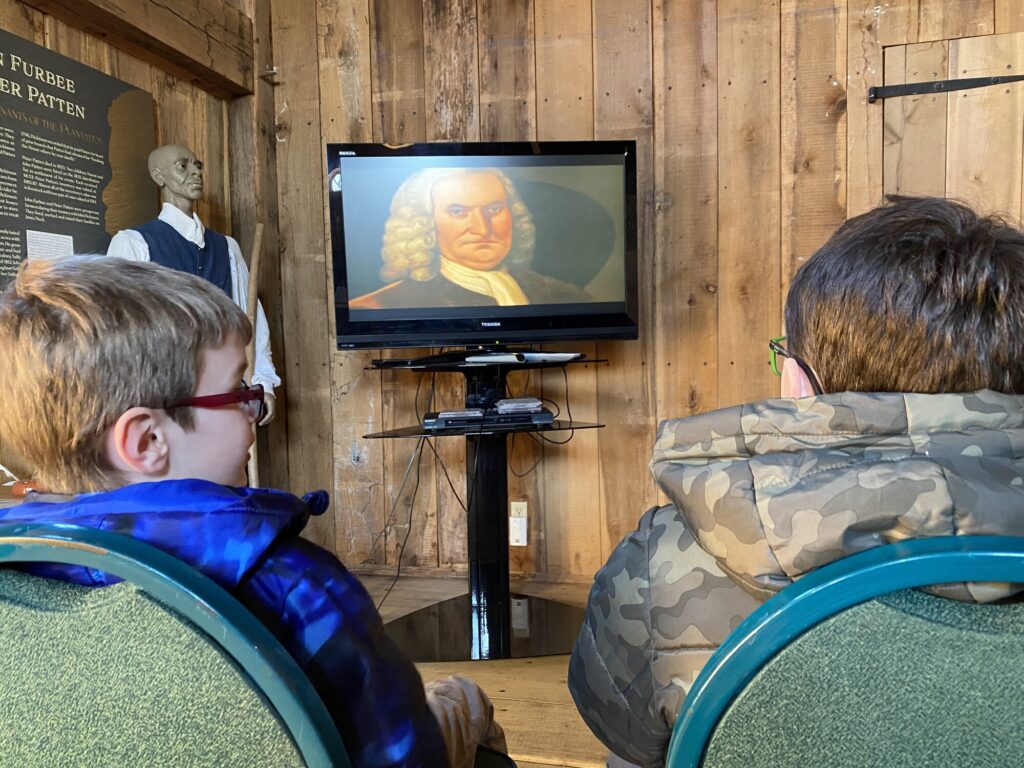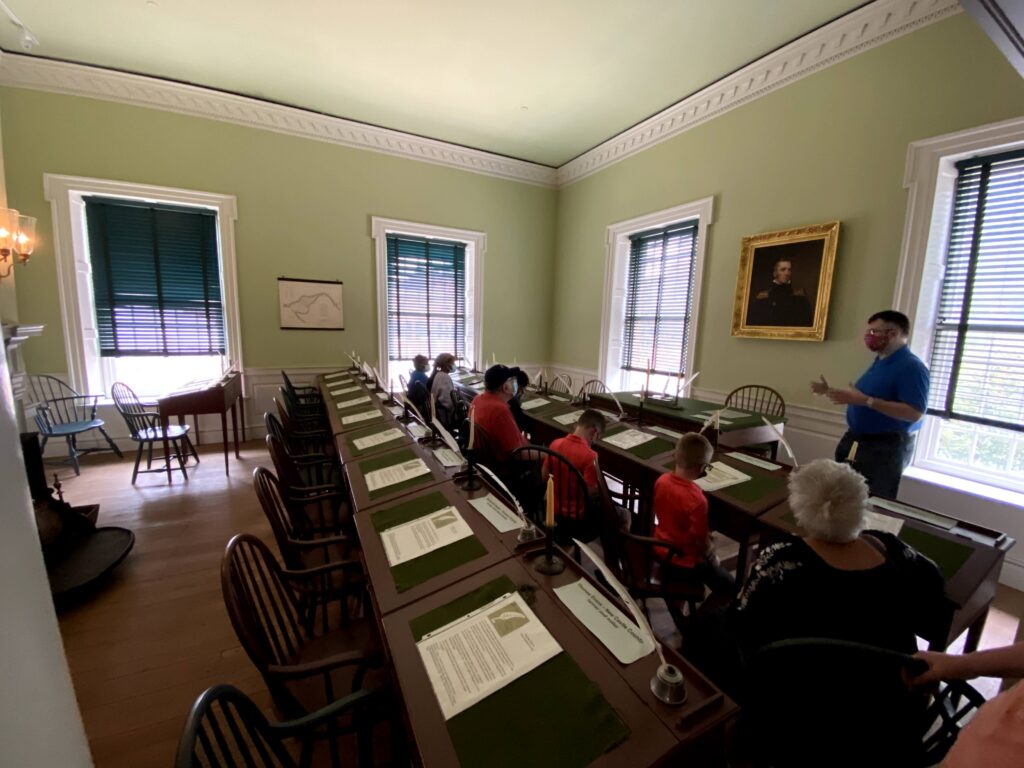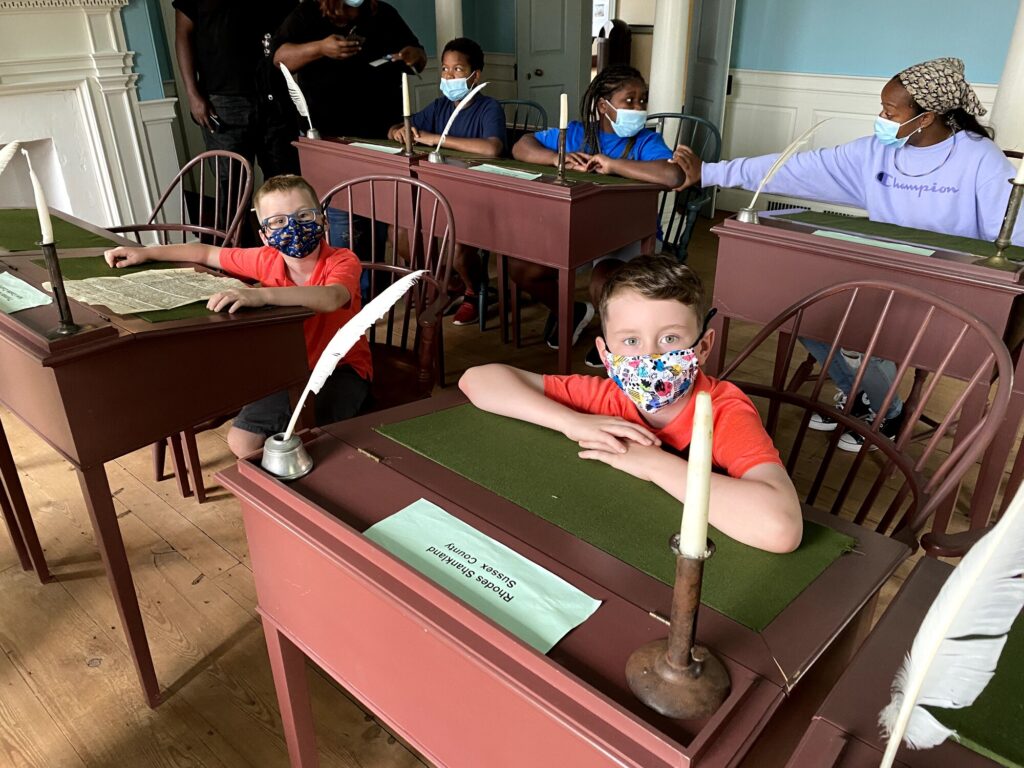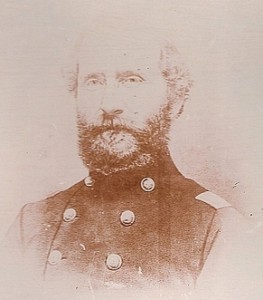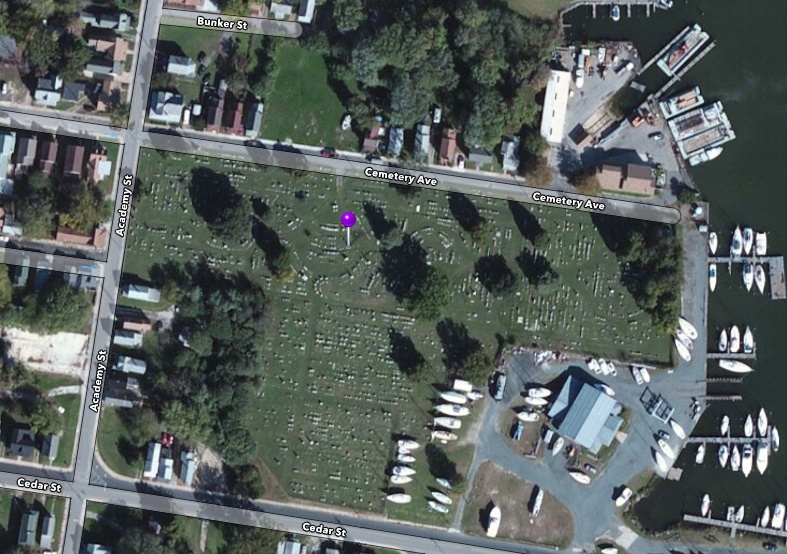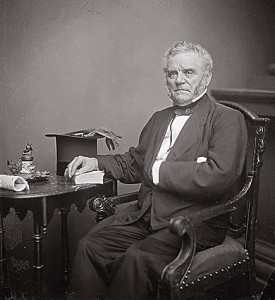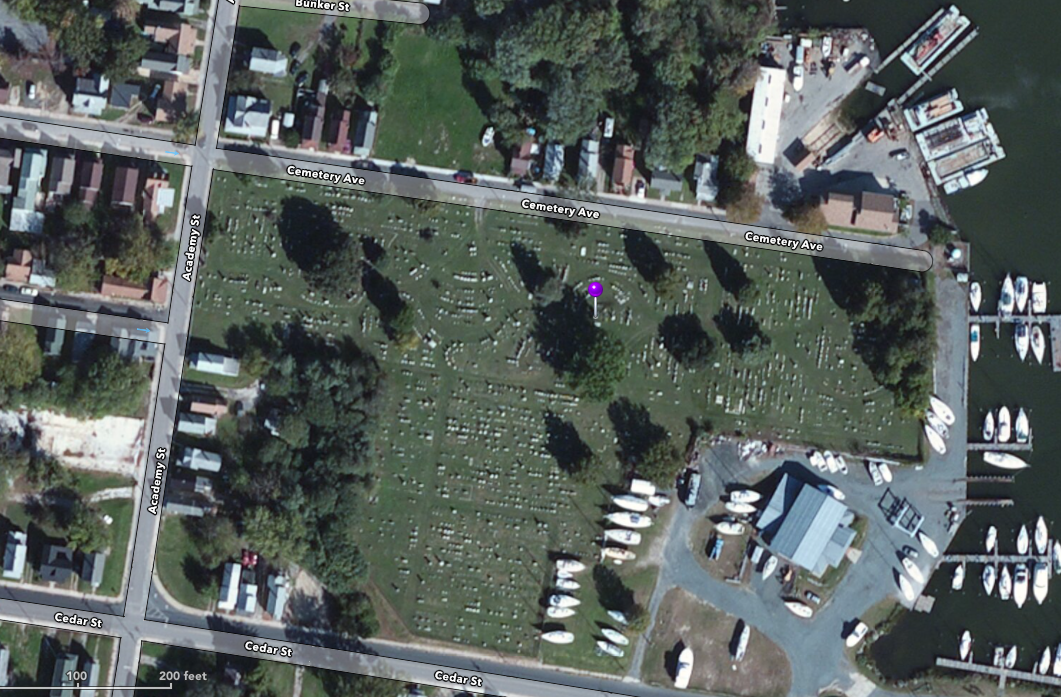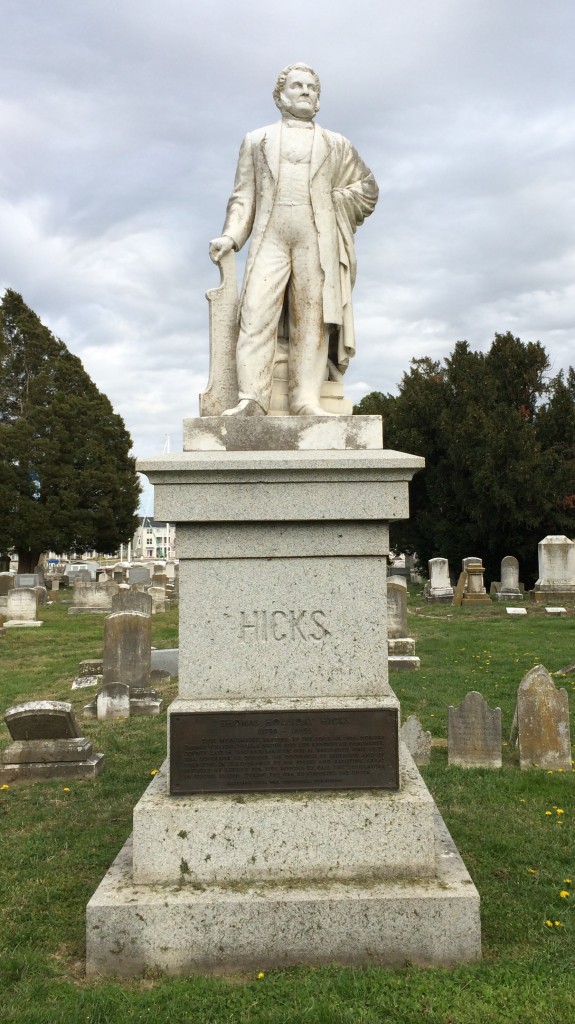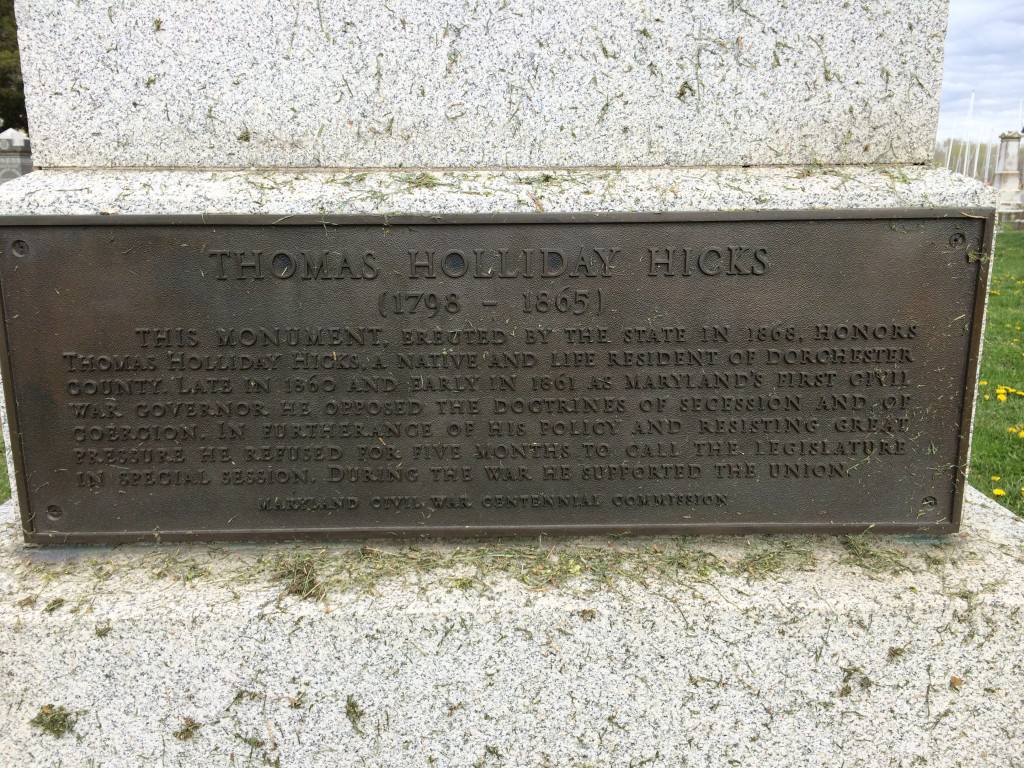Overnight Trip to Philadelphia
From my travels, January 13 & 14, 2024
One of the things we’ve done with the boys the last few years is give “experiences” rather than “big gifts” for various holidays. This year, we decided to go in with their grandparents on an overnight trip to Philadelphia. Neither the boys, nor Emily, nor “Nene” and “Baba” had ever seen the sights of Independence National Historical Park, so this would be a good opportunity for that.
We went up on Saturday morning, and started with the new visitors center. This is jointly-run by the NPS and the city. We had lunch at the little cafe there (which was honestly, pretty disappointing) and then checked out the small museum exhibits, the orientation film, and got maps and Junior Ranger activity sheets.
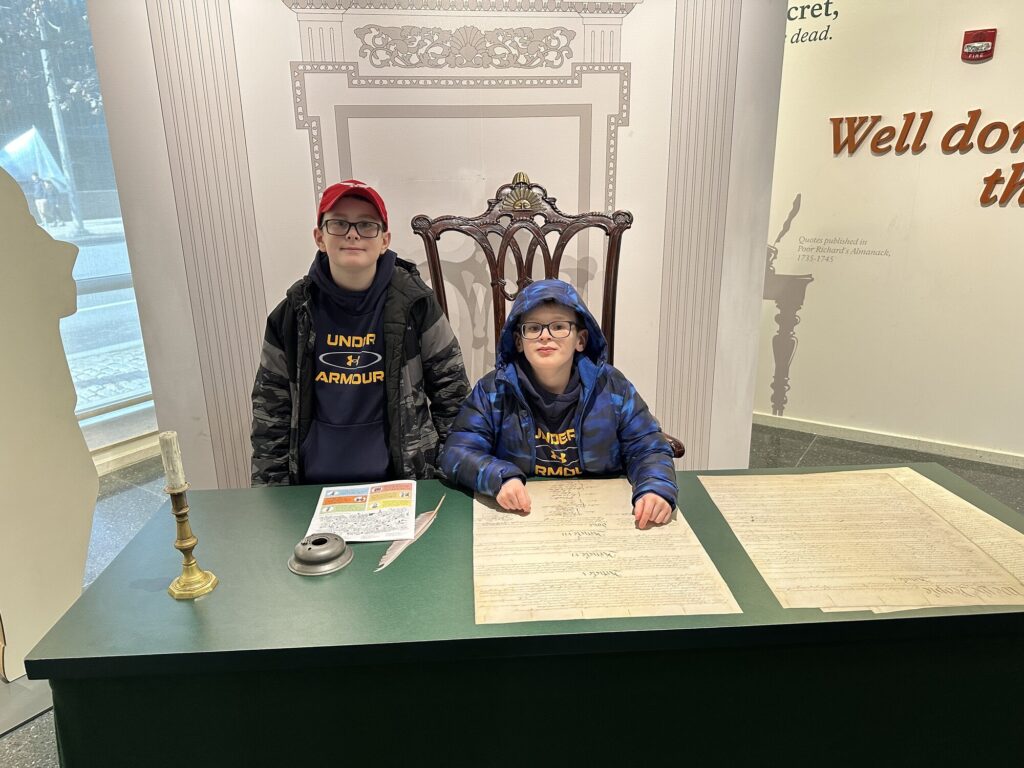
They do Junior Rangers a little differently here. Instead of an activity book, they give out kind of a cartoon map of the park that has suggestions for activities and questions to ponder on it. I think the idea is that it gets the whole family involved. Once you’ve done your tour, I think you just need to convince a ranger that you’ve seen and learned a few new things and you’re all set.
With the introductory things out of the way, we walked across the street to the site of the old President’s House. The structure has been gone for a long time, but it has been partially re-created, and there are some cut-outs in the ground to show the archaeological work that was done at the site. It’s a pretty interesting presentation. From there, we got in line to go through security for the Liberty Bell.

The boys were excited for this, as it is a symbol of modern Philadelphia – it even plays a role at the baseball games – but I think it didn’t have quite as much historical significance at the time of the founding.
“Baba” didn’t feel up to doing much more walking, so he headed back to the visitors center while the rest of us went over to see Benjamin Franklin’s house a few blocks away. The house itself no longer stands, but there is a large frame outline of where it would have stood. His print shop is still there, and the NPS does a great job of running demonstrations of the techniques that Franklin and his associates would have used. They even sell items that have been printed there, but we didn’t buy any.
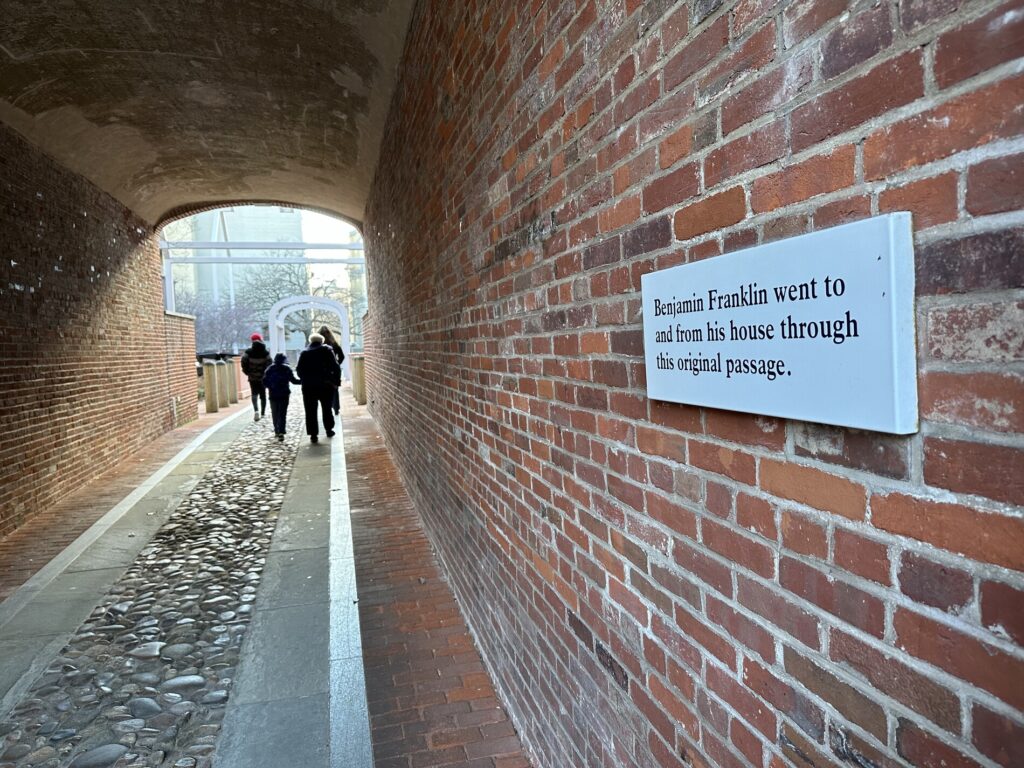
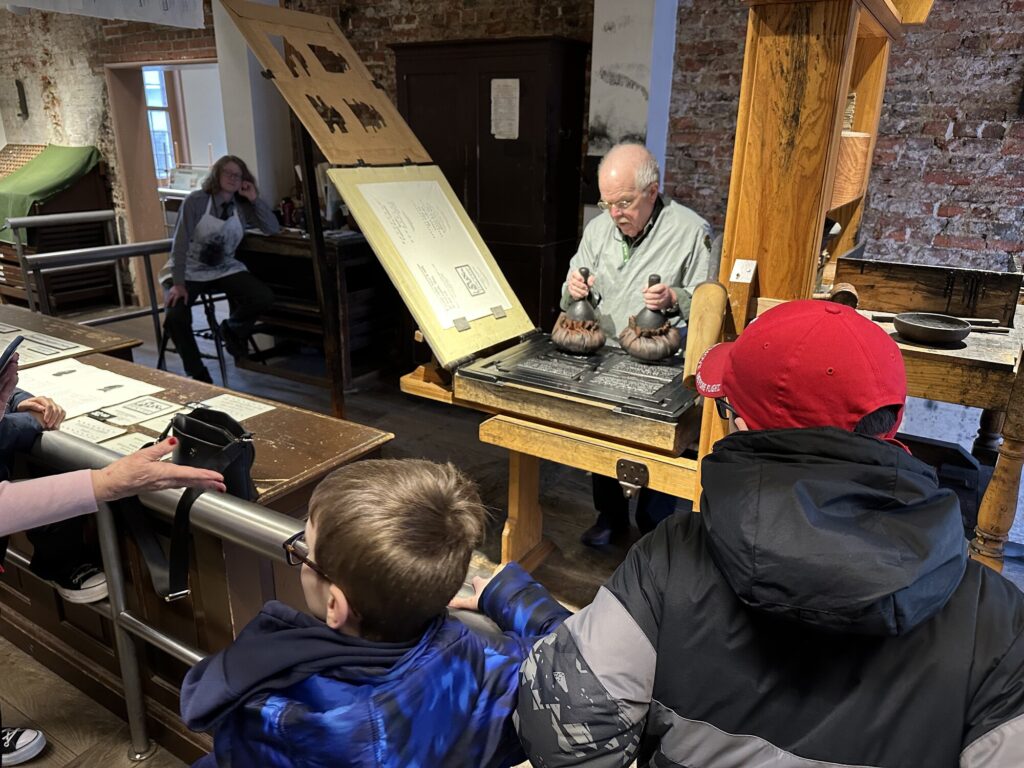
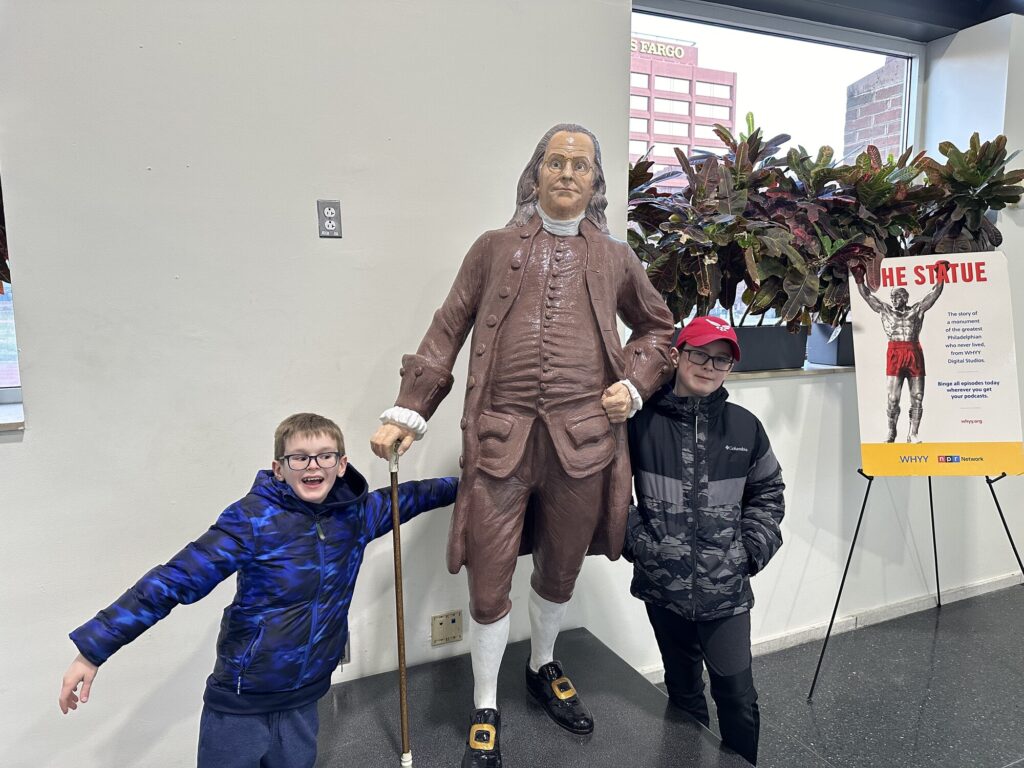
Next to his house, there is an underground museum that walks through the many accomplishments that Franklin had in his life. He was certainly a renaissance man with a huge variety of life experiences. I think he knack for invention really resonated with my guys.
We met back up with “Baba” and drove over to our hotel to get checked in. We got dinner at the Reading Terminal Market so that we had plenty of variety to choose from. “Nene”, John, and I ended up getting cheesesteaks from Spataros. After such a hearty dinner, we had an evening swim at the pool, and got to bed to rest up for the next day.
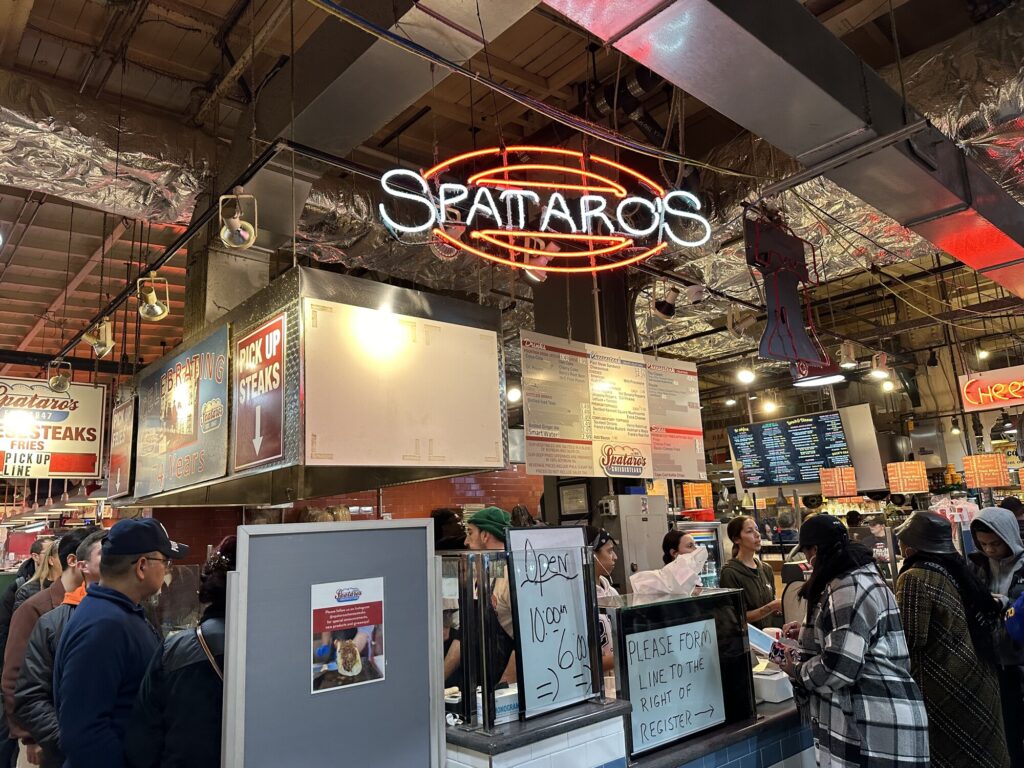
Keeping it simple, we got up in the morning and met up for the hotel breakfast. We got checked out, and then made our way back over to Independence Hall for a 10:30am tour.
It was really cool to stand in the room where both the Declaration of Independence and the Constitution were debated and – ultimately – adopted. It’s awe-inspiring to contemplate the weight of the decisions that were made here. The story of George Washington’s chair – it’s actually still there in that room, by the way – with sort of a half-sun motif near the top, and Franklin’s open rhetorical question as to whether the sun was rising or setting as they talked through the founding of our nation: that was a favorite moment for me.
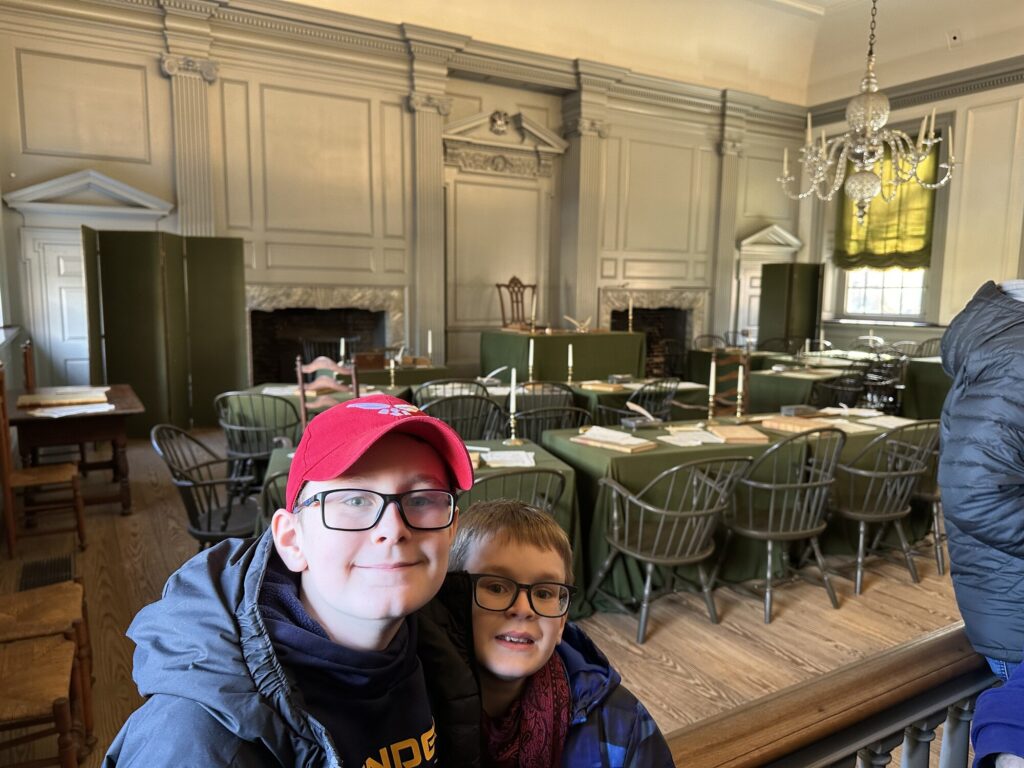
We didn’t end up finishing the Junior Ranger program on this trip. But you can probably guess, that’s only an excuse to go back.
